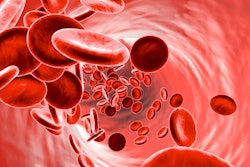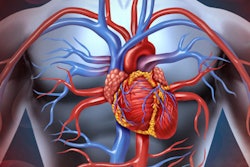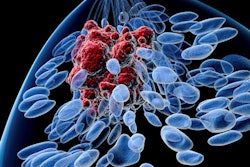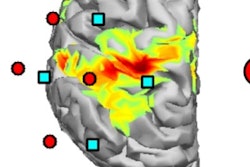Dear Molecular Imaging Insider,
Today's Insider Exclusive offers a look at giant cell arteritis and the role PET/CT plays in diagnosing and assessing the inflammatory disease, which causes the large blood vessels to narrow and restrict blood flow.
Using the hybrid modality, Spanish researchers provide evidence of a link between vascular patterns at the time of diagnosis for giant cell arteritis and a patient's risk of an ischemic event. The information may be particularly helpful because the disease is difficult to diagnose in its early stage.
More details are available in this Molecular Imaging Insider Exclusive.
Artificial intelligence (AI) continues to make its mark in radiology. Finnish researchers are using AI to analyze clinical data from PET and coronary CT angiography to predict which patients will go on to experience myocardial infarction or death during long-term follow-up.
Austrian researchers have developed a new computer-aided segmentation and diagnostic algorithm to distinguish between cancerous and benign breast lesions using PET and MRI data. The goal now is to make this computer-aided approach become a reliable tool for exploring different modalities and improve the detection and classification of breast lesions.
What skills will it take to become a successful medical physicist over the next 10 years? Five industry experts offered their advice at the recent meeting of the European Society for Radiotherapy and Oncology (ESTRO) in Milan. They forecast that medical physicists who specialize in radiation oncology could be in demand.
In other news, researchers are developing multidirectional functional near-infrared spectroscopy for human neuroimaging. So far, the technique has produced a richer dataset and could improve 3D visualization of brain activity.
Be sure to stay in touch with the Molecular Imaging Community on a daily basis to be informed on the latest news and research.




















